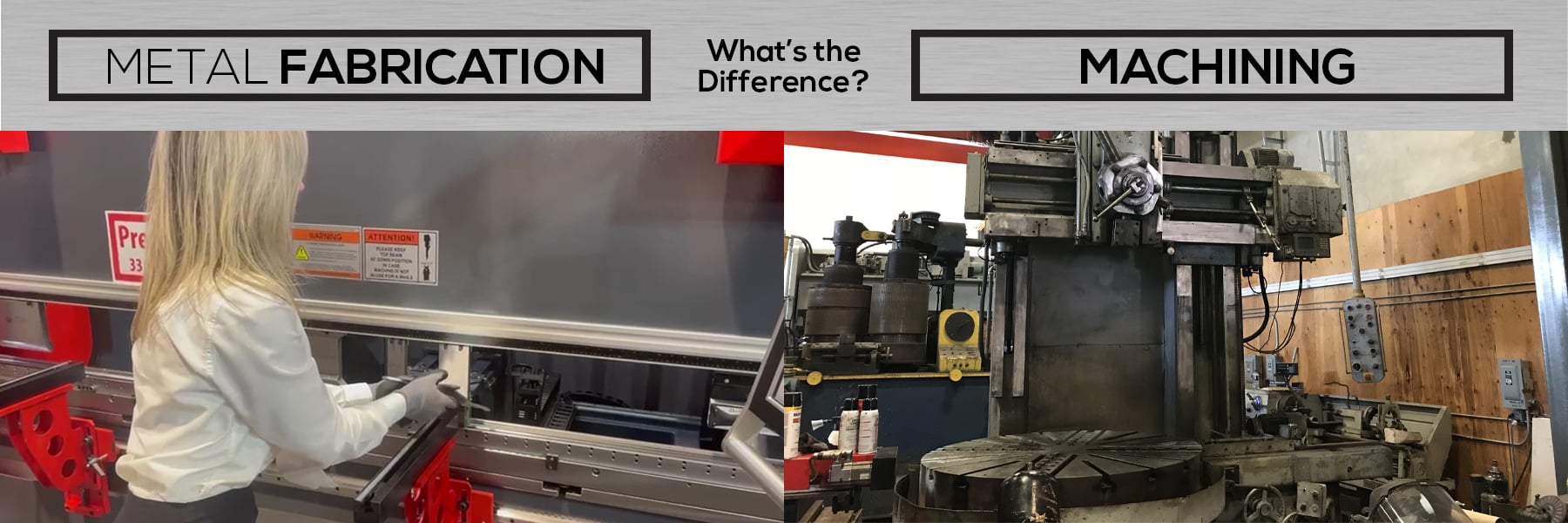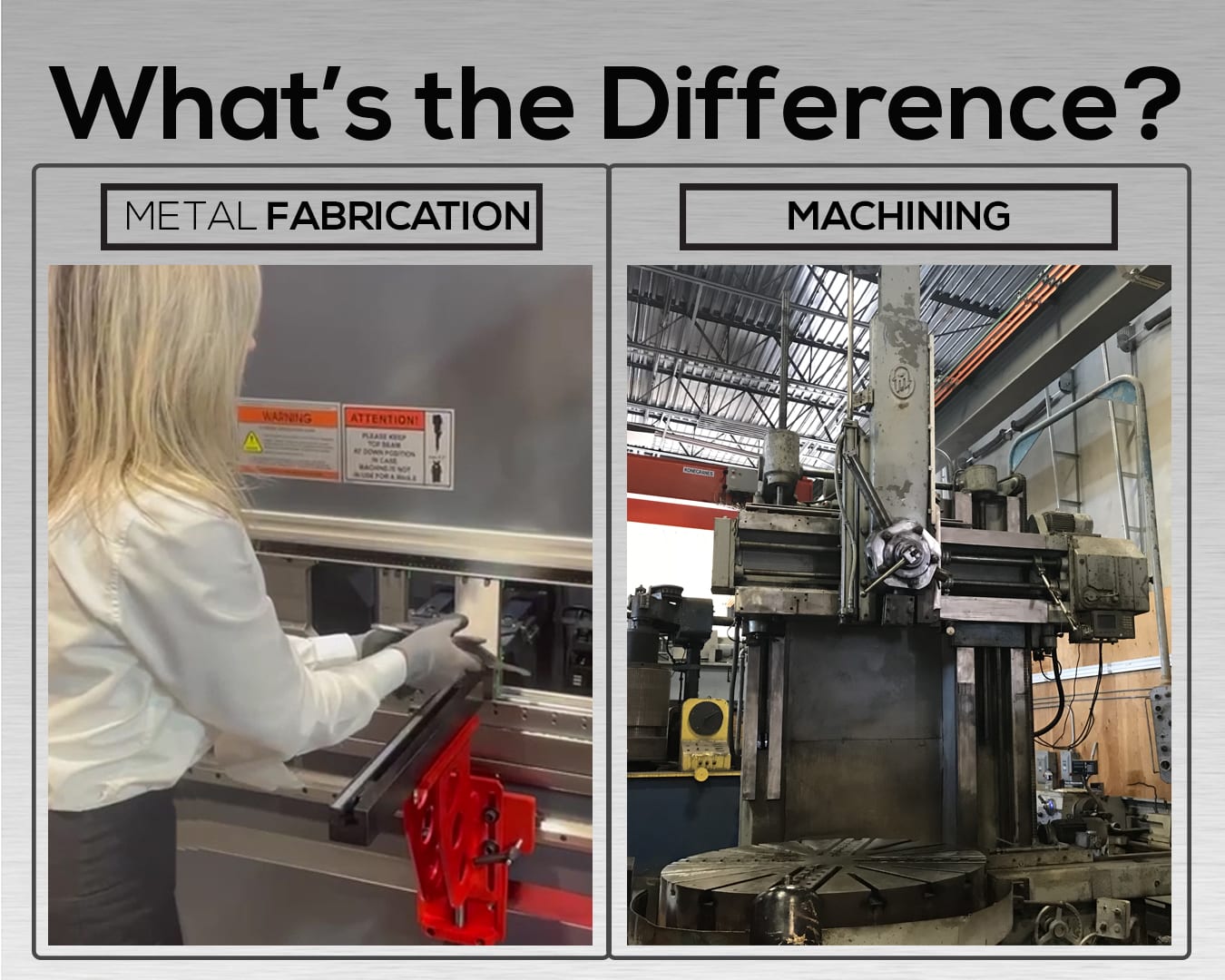Molding vs. Chiseling
The assistant at the machinery sales company was confused. His boss had gotten after him for listing a used ironworker on the same side of a flier as the used lathes and mills. “That page is only for chip machines,” the company owner had said. “The ironworkers go with the metal fabrication equipment.”
“Chip machines?” the assistant said to himself when he got back to his desk. “I have no idea what he is talking about.” After two weeks on the job, the young man felt that he was even more clueless than when he started. The owner went over the company and the machines on the assistant’s first day, but it had gone by him so fast that he was constantly playing catch-up on things the boss expected him to know. It didn’t help that the boss got irritated with him when he asked questions about things that were supposedly already explained.
Reflecting on the company’s motto, “The Best in Machine Tools and Metal Fabrication Equipment,” it dawned on him that the line wasn’t just saying the same thing two different ways, they must be two completely different types of machines. Looking at the flier, he saw press brakes, plate rolls, shears, and a few other machines on the front, while the back had lathes, milling machines, drill presses, and the like. “Okay,” he said out loud, “the ironworker isn’t supposed to be on the back with the ‘chip’ machines—whatever that means—and is supposed to be on the front, so brakes and rolls must be metal fabrication equipment. Therefore, chip machines and machine tools are probably the same thing.”
The assistant was afraid of making another of his many mistakes. Even the kindly old salesman who had been around since the company started had sharply pointed out his glaring error the other day of mixing the leaf brakes and press brakes together in an online listing. It suddenly occurred to him that maybe the old sales rep might be willing to tutor him a little, just to keep him from having to correct things after the fact.
“Sure, I have a couple of minutes,” the salesman said, flattered to be asked for advice. “I’d be happy to explain the difference. You are correct about machine tools being the same as chip machines. We often call them that because they make metal chips when they work, which is different than fabrication.” Despite the young man’s nodding head, the old rep could still see confusion on his face. “Let me put it another way that might help,” the salesman continued. “If you’ve ever seen a statue, there are a couple of ways that a sculptor could have made it. He might have taken clay and molded it into the right shape. Or perhaps he took a piece of marble and chiseled it down to create the finished art. A piece of steel is like both clay and marble; with machines that are powerful enough, it can either be shaped—that’s called fabrication—or it can be chipped away—that’s called machining. While it’s oversimplifying it a bit, just remember that a machine tool chips metal while a fabrication machine shapes it.”
The assistant thanked him and rushed back to his desk to continue work on the flier. Just learning the simple distinction of machining versus fabricating was enough to help him recognize how nearly all the machines in their inventory easily fit into one category or the other.
Pure Fabrication
First used in the 15th century, the words “fabricate” and “fabrication” were derived from the term “fabrica” in Medieval Latin, indicating the process of crafting something. A creation—whether a new building or a lie that has been made up—is considered a fabrication. The term “fabric” comes from the same source.
The concept of metal fabrication refers to the process of creating a product or part from raw or semi-finished metals or alloys by cutting, molding, bending, rolling, or otherwise shaping it.
The category of metal fabrication equipment includes machines such as the following:
- Angle Rolls (also known as Profile Rolls or Section Rolls)
- Bevelers
- Dishing Machines
- Fiber and CO2 Lasers
- Flanging Machines
- Ironworkers
- Oxy-fuel Cutters
- Notchers
- Plasma Cutters
- Plate Rolls
- Press Brakes
- Presses
- Punches
- Shears
- Tube and Pipe Benders
- Waterjets
A Chip Off the Old Block
Early humans learned how to create tools to craft items out of wood, leather, and stone, working the materials by hand. At some point the drill was invented, a hand tool that could be rapidly turned to bore a hole. More than 3,000 years ago, someone decided to power a drill by wrapping a cord around it with the ends attached to a bow. As the bow was moved back and forth, the motion of the cord spun the drill, and the first machine tool was technically invented.
While any machine that moves a tool might be considered a “machine tool,” the most genuine use of the term applies to those machines that can guide a tool along a designated toolpath, independent of direct human control. Adding “ist” (meaning someone who does a certain thing) to the word “machine” created the term “machinist” in the 1700s to refer to the operator of a machine tool. Since the tooling used in machine tools cut down a workpiece by removing metal chips from them, such pieces of equipment are sometimes called “chip machines.”
The category of machine tools includes machines such as the following:
- Boring Machines
- Broaching Machines
- Drills
- Grinders
- Lathes
- Mills
- Planers
- Reamers
- Routers
- Shapers
Traditional machine tools perform “subtractive manufacturing,” meaning the creation of the part is done through a material removal process. (In contrast, “additive manufacturing” refers to creating a finished part through the accumulation of material, an example of which is 3D printing.)
The Wide World of Metalworking
The distinctions between metal fabrication and machining do tend to blur a bit at times. Bandsaws, for example, make chips while they cut, but are generally considered to be fabrication machines like other metal cutting equipment. Yet they are found in machine shops cutting bar stock to length, just as they are found in fab shops cutting down profiles and structural steel.
To further complicate things, some in the industry will list machining as a subset of metal fabrication, while many consider machine tools to be any powered machine that forms parts out of metal. Even Revolution Machine Tools, the sponsor of this article, uses the instantly recognizable “machine tools” term in their name, even though most of what they sell is metal fabrication equipment.
As the metalworking marketplace continues to become more competitive, additional shops will continue the current trend of expanding into other lines of service. In recent years, for example, many welding businesses have become “welding and fab” shops to better meet the needs of their clientele, and large metal fabrication companies have found that adding some mills and lathes to their operation significantly helps reduce costs and turn-around time on jobs previously farmed out to others.
While specialization will likely always exist in the industry, improved processes, more affordable options, and new technologies—such as 3D metal printing—will continue to shape the craft of metalworking into something new and different that artisans of just a few years ago could never have imagined.







